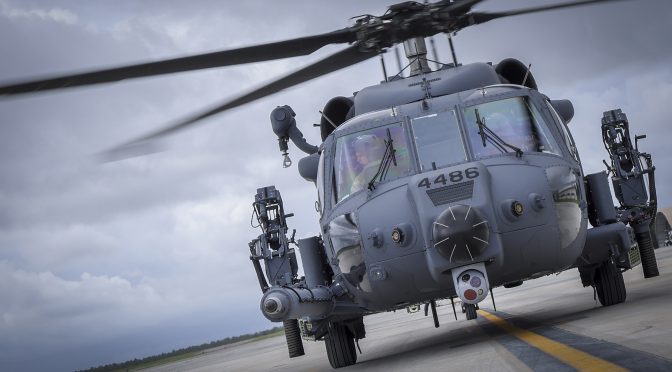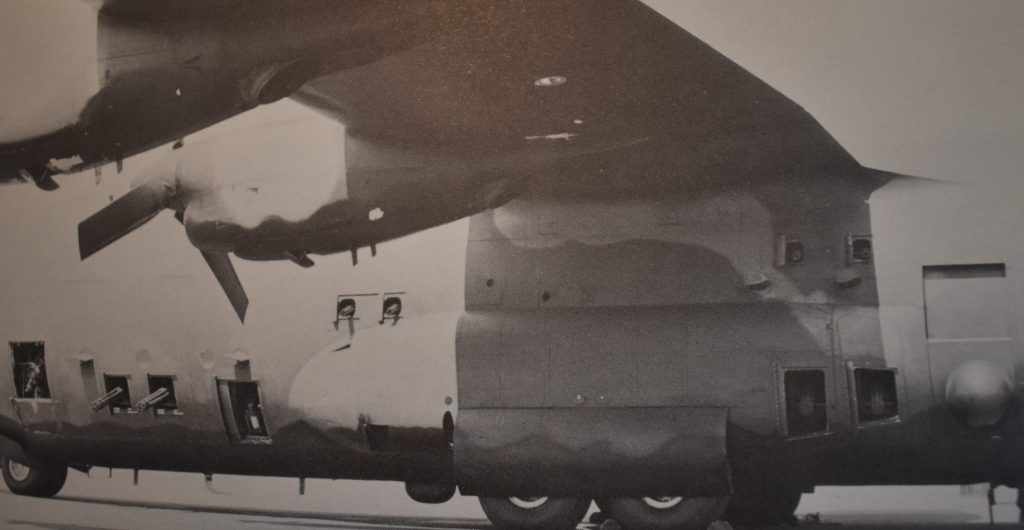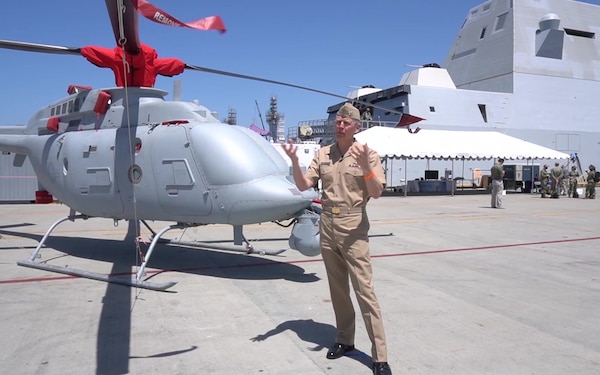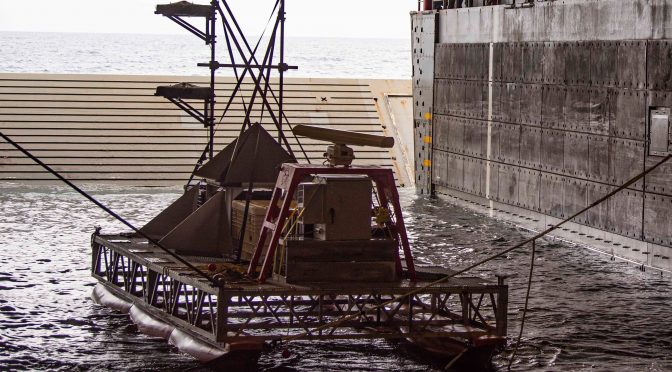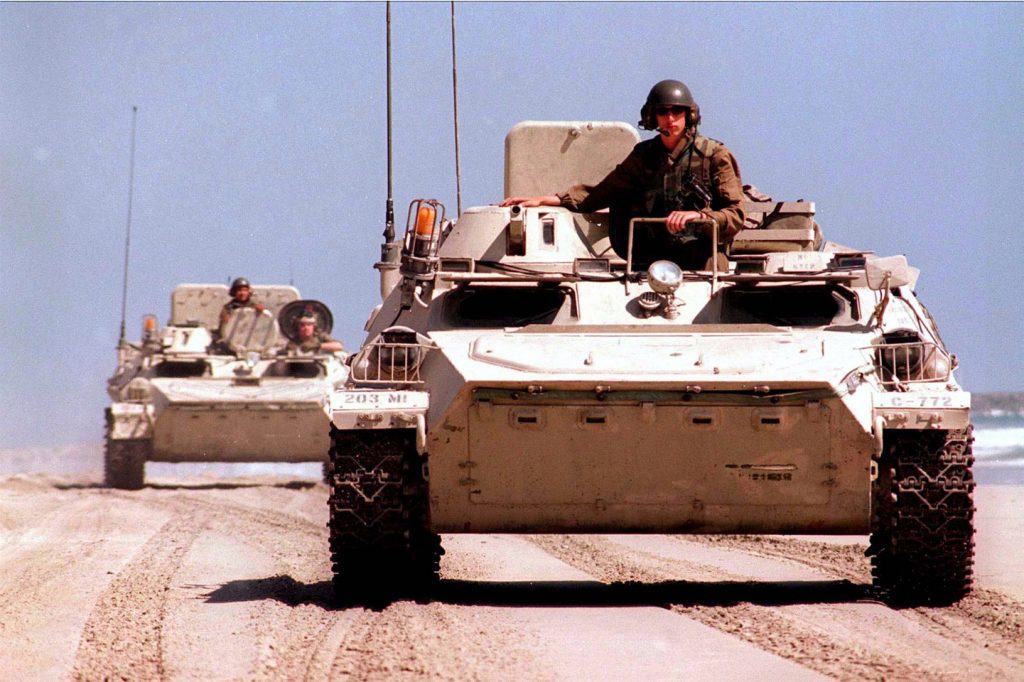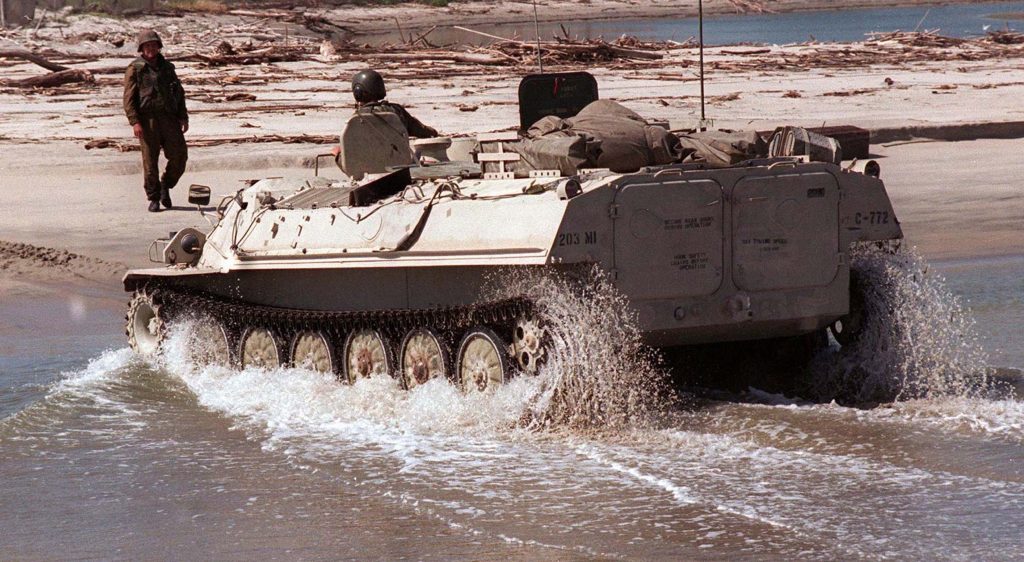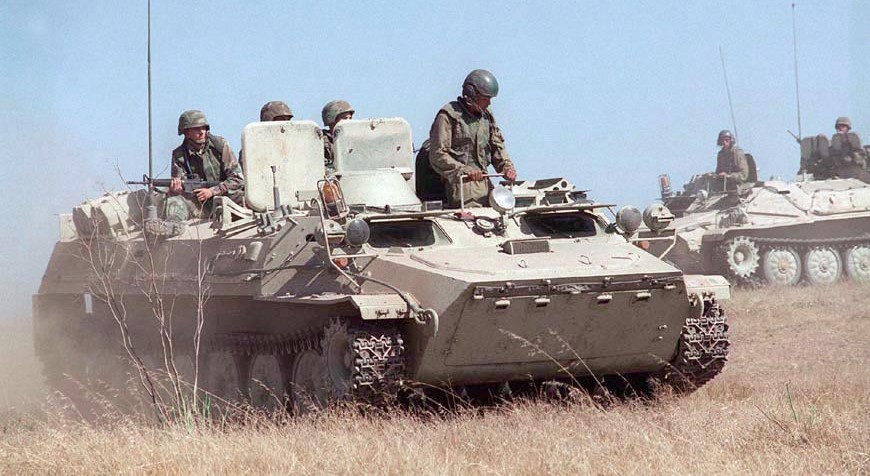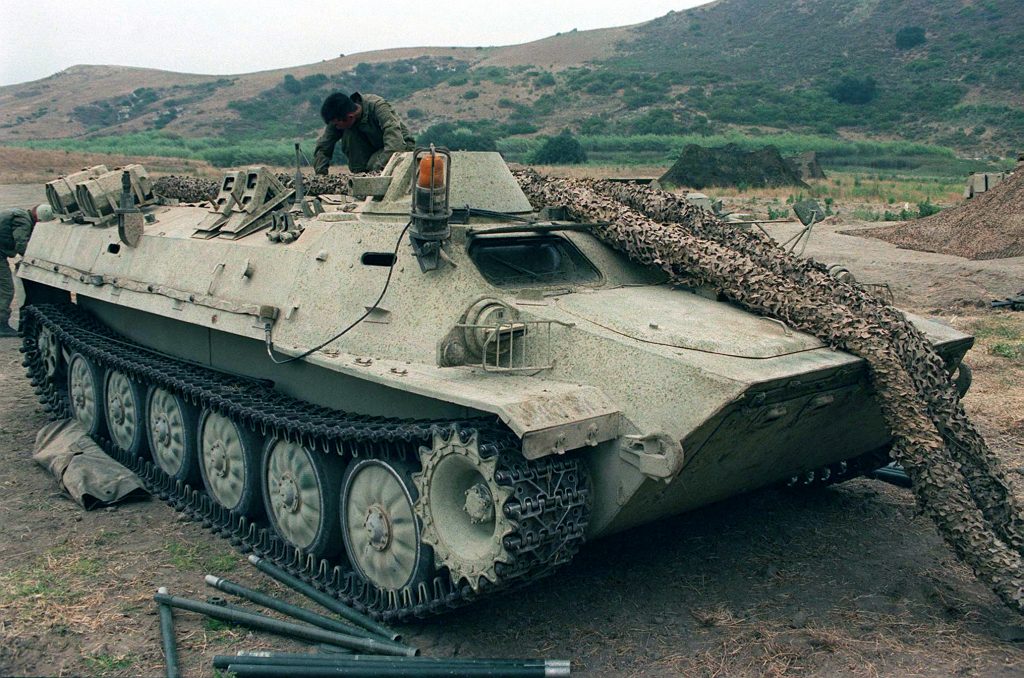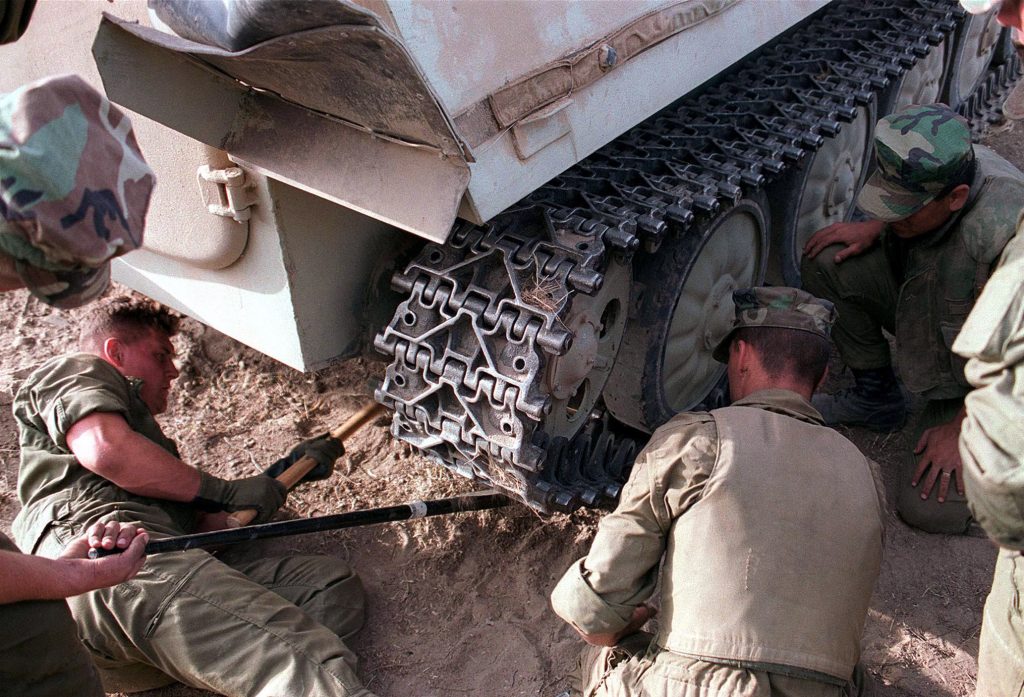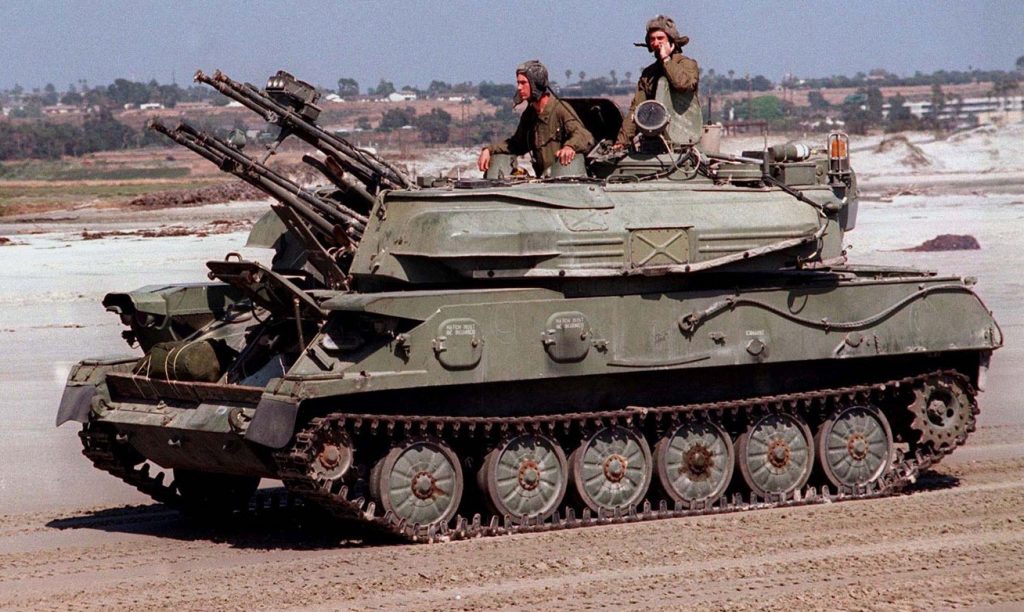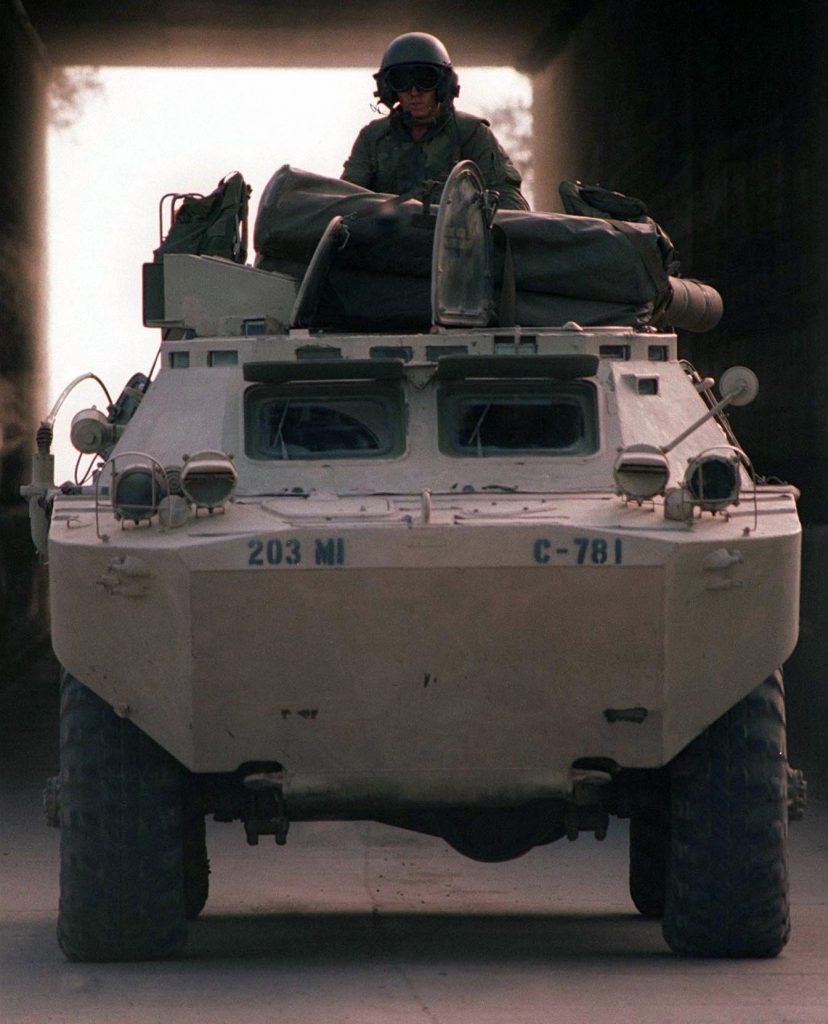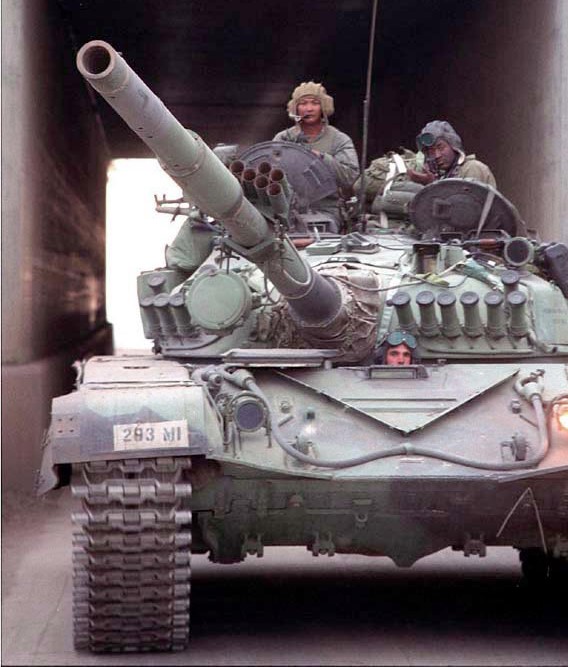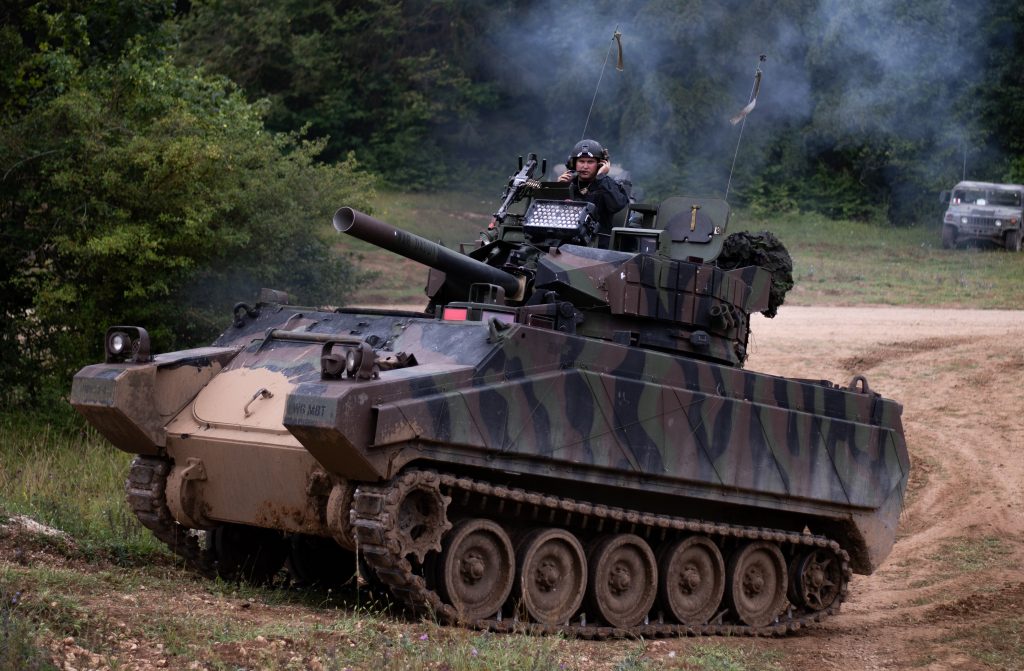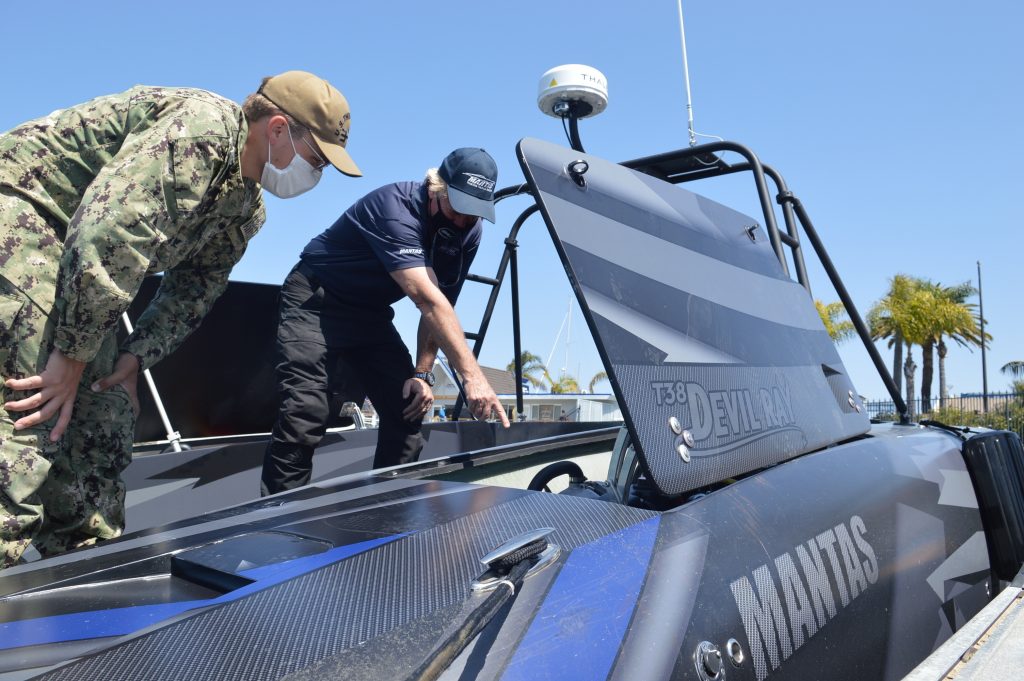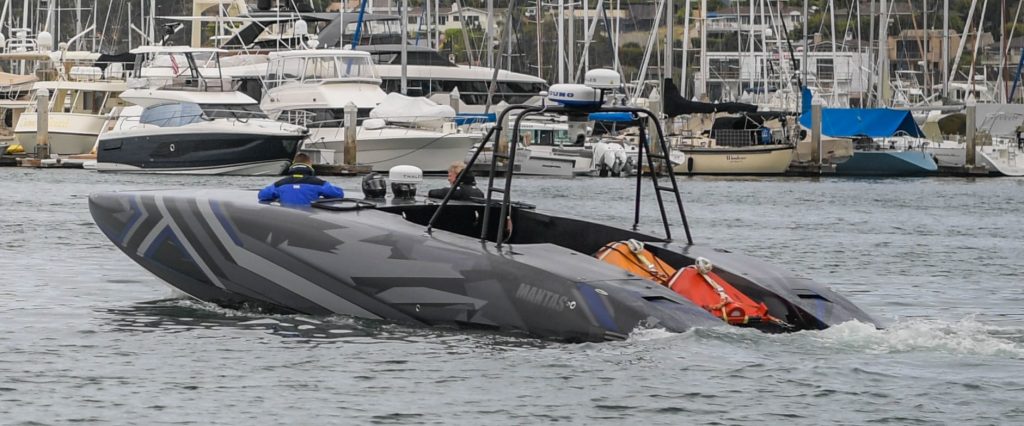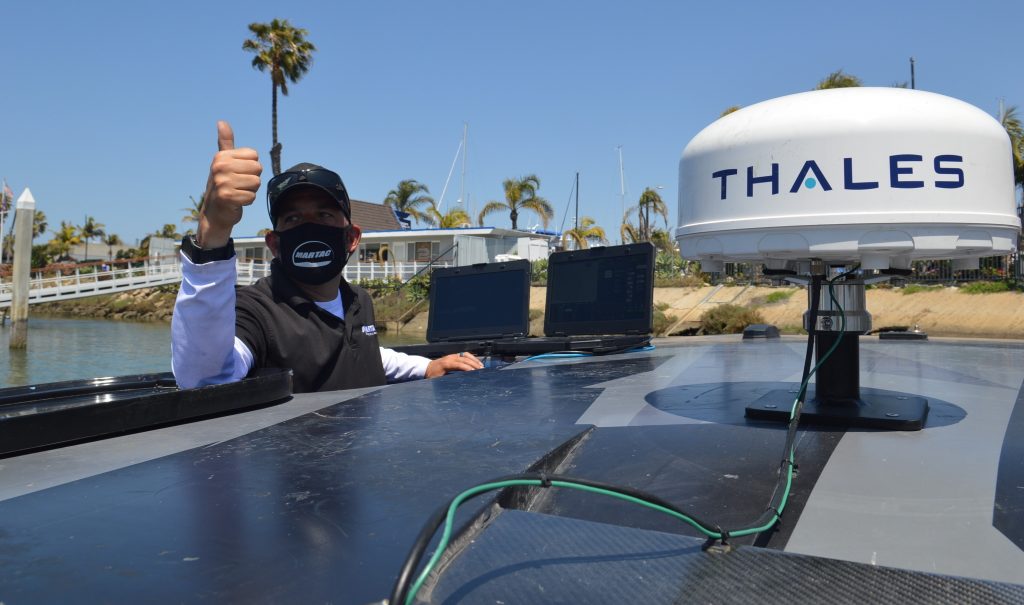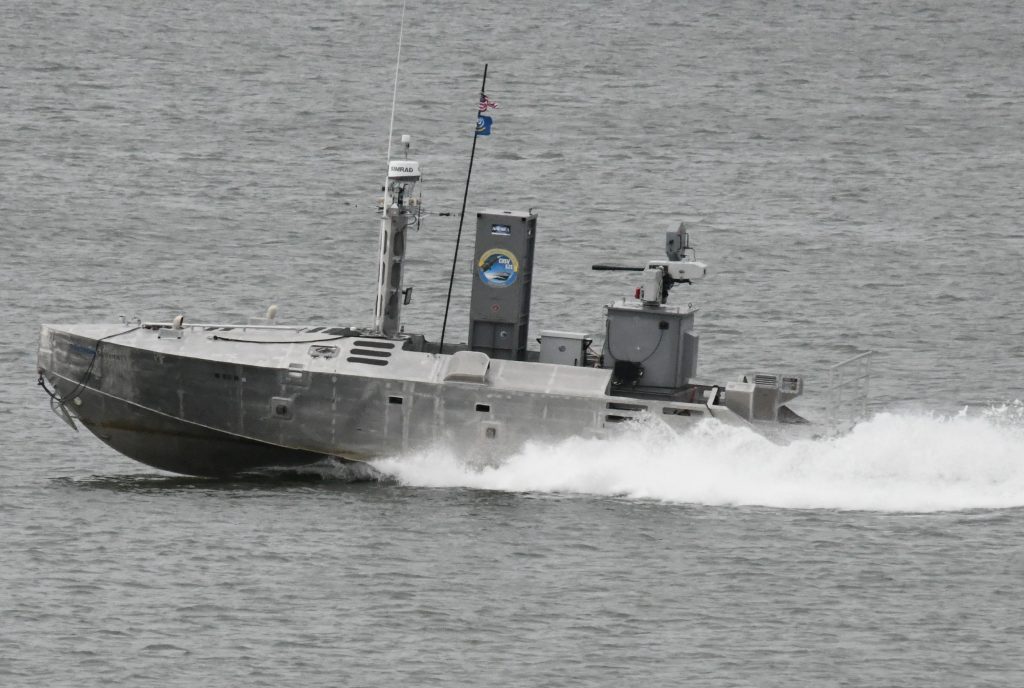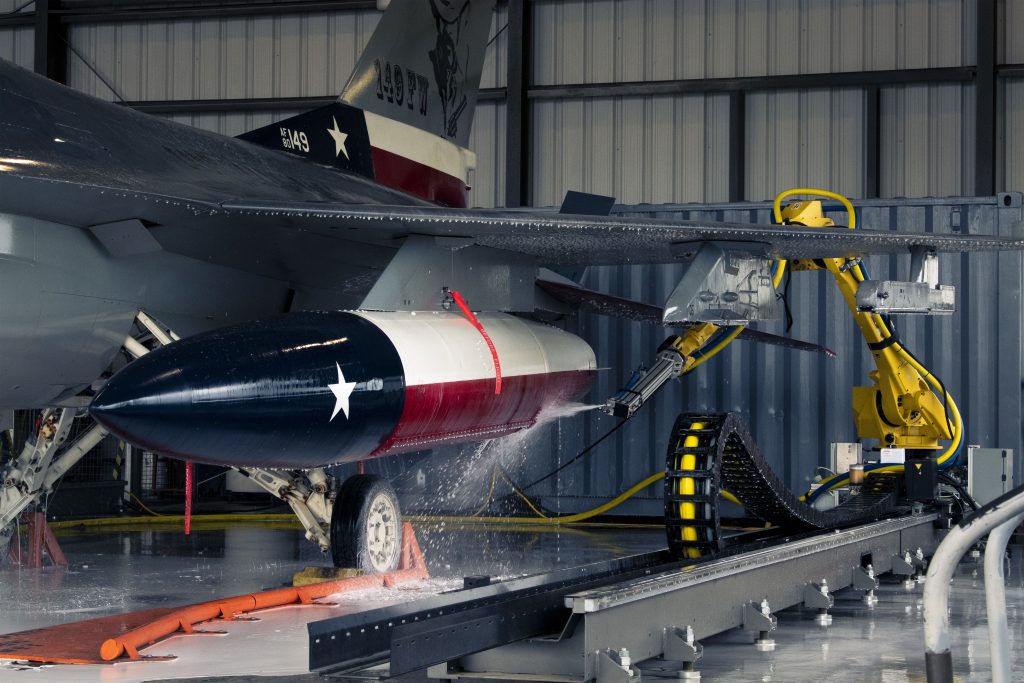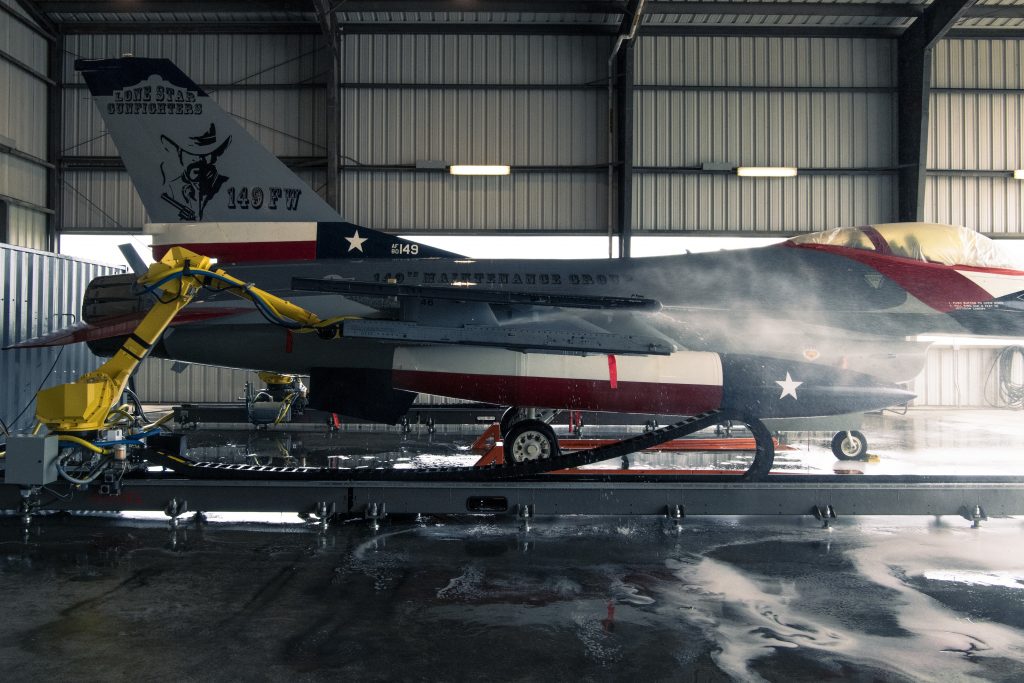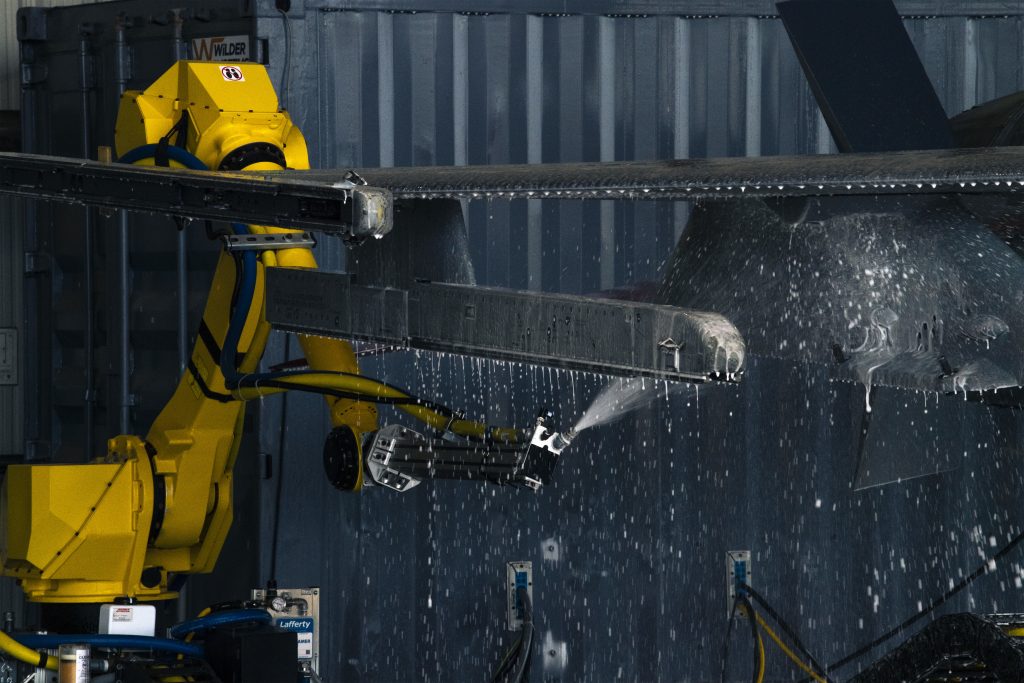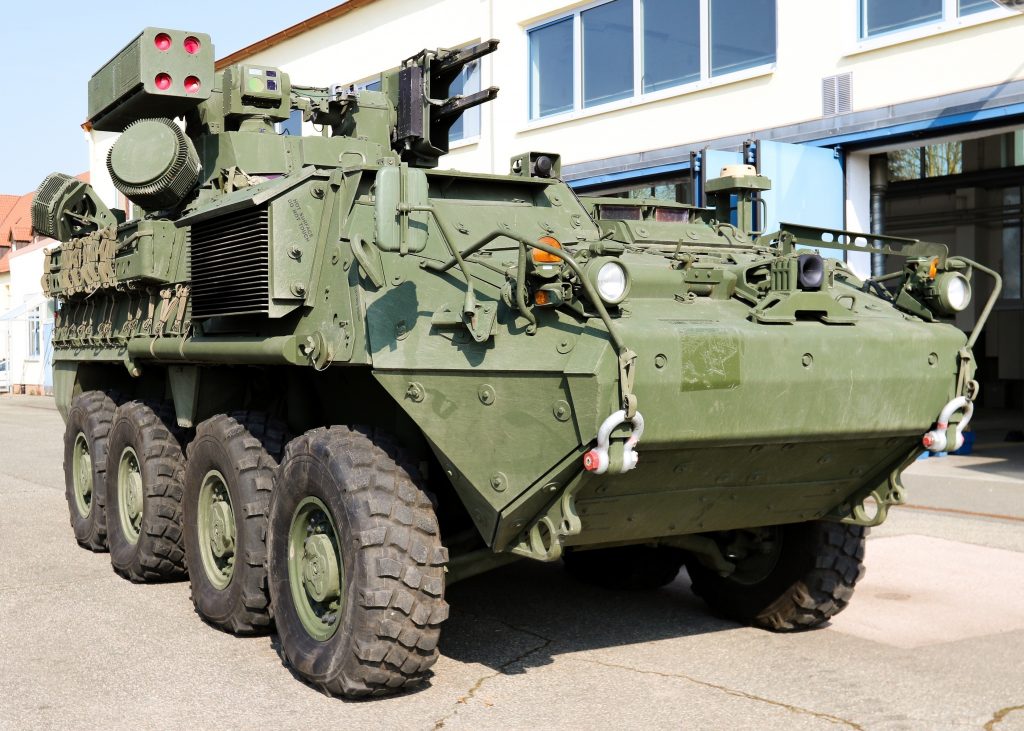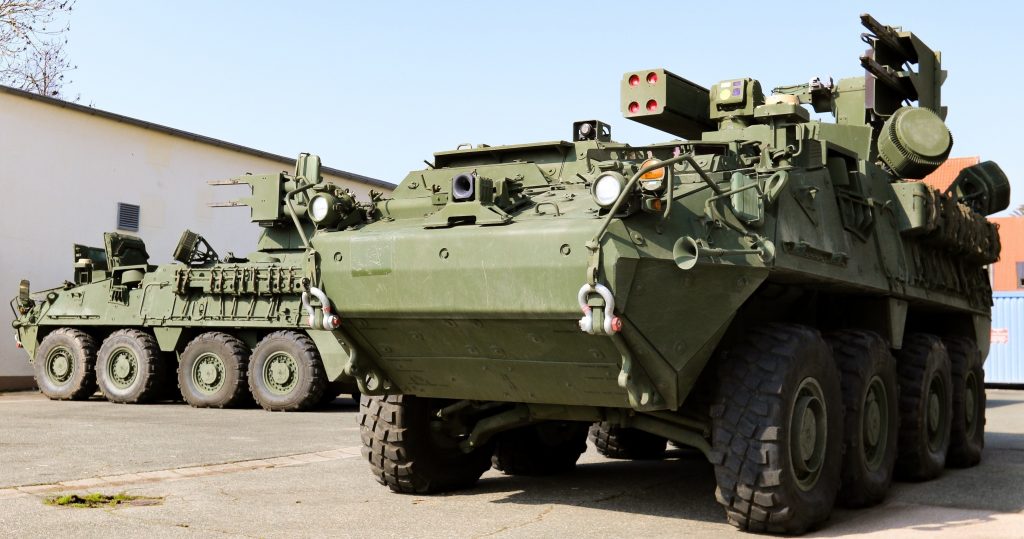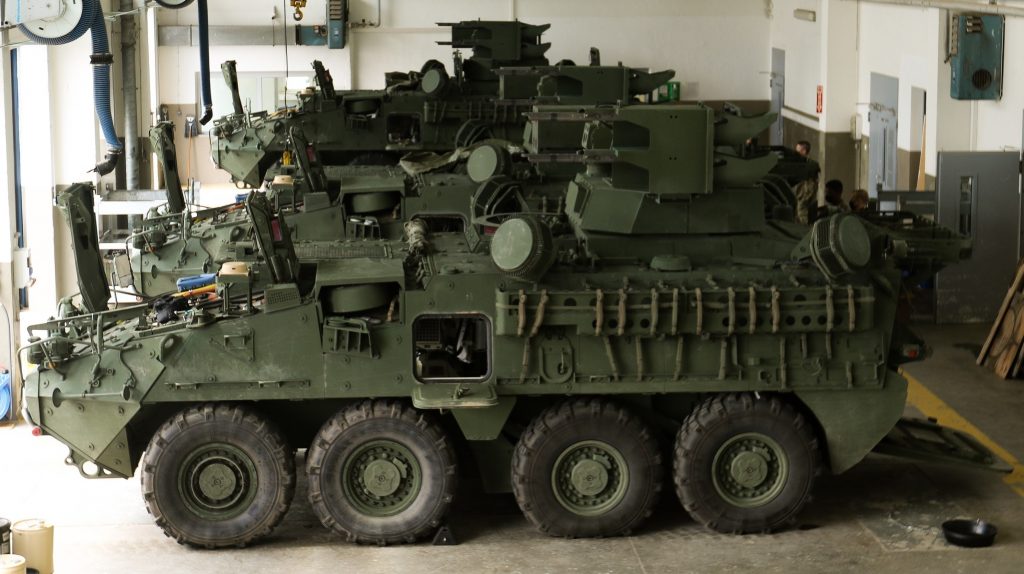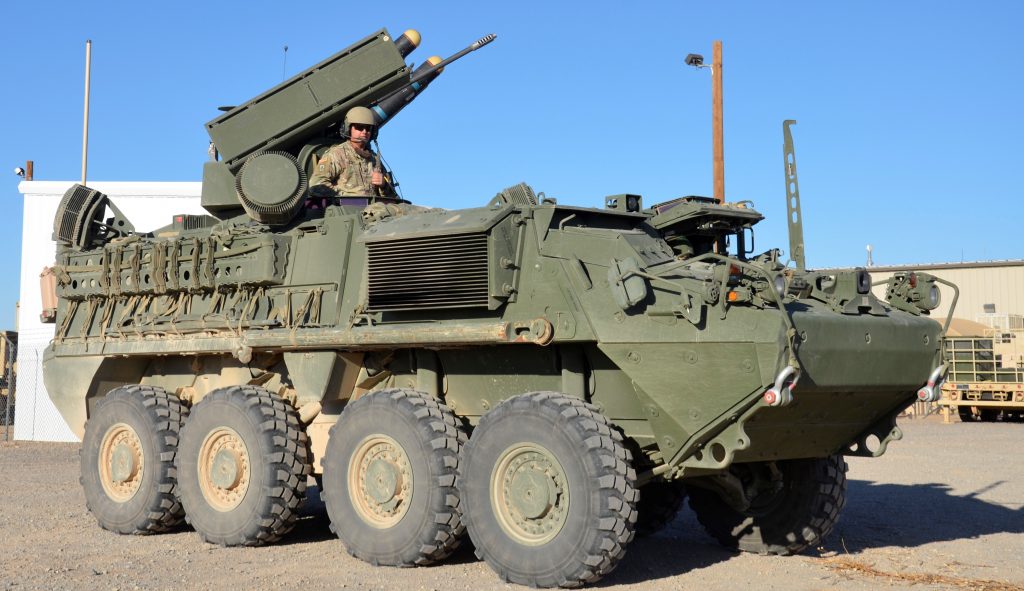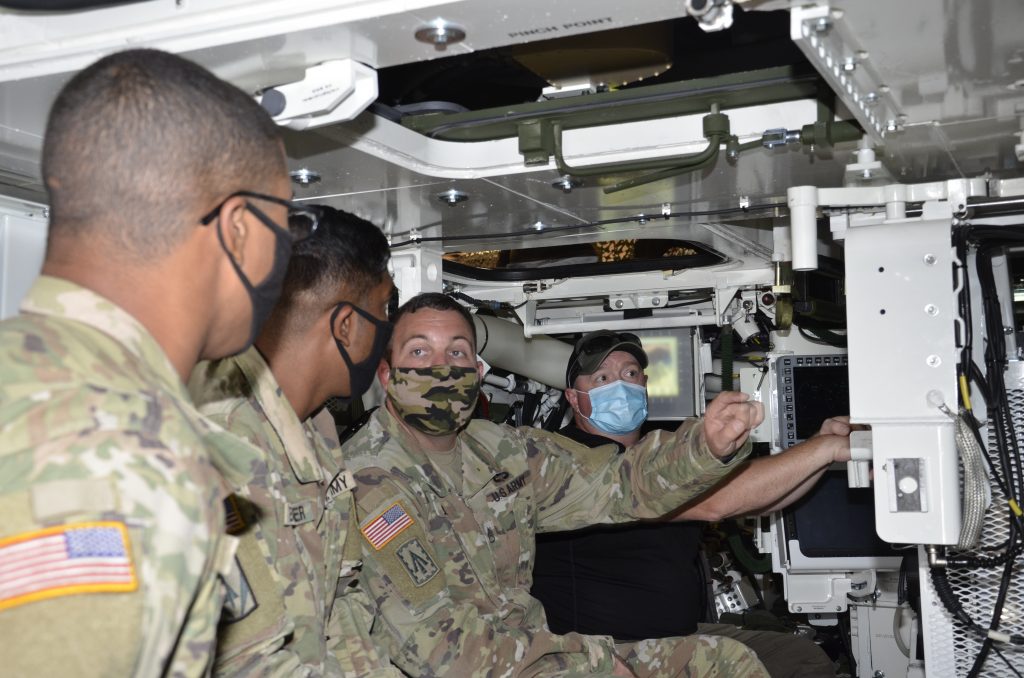The U.S. Air Force’s (USAF) HH-60W is based on the U.S. Army’s UH-60M BlackHawk. In 2014, the USAF ordered ten HH-60Ws. Since then a total of 113 HH-60Ws are now on order.

U.S. Air Force photo by Samuel King Junior.
On 06NOV2019, two of the three new Pave Hawks arrived on Duke Field (Eglin AFB) in Florida. They are super-upgraded HH-60Ws. However, their upgrades weren’t complete and the crew had to fly the ‘copters from the Sikorsky Developmental Flight Center via VFR (Visual Flight Rules, by sight and the seat of their pants only).

USAF photo by Samuel King Junior.
In December 2019, the HH-60W got isolated, not because of the emerging ‘China virus’ but for tests in the anechoic (echo-free) chamber. At this point the new HH-60W Pave Hawk was referred to as the ‘Whiskey’.

USAF photo by Samuel King Junior.
The Whiskey spent seven weeks in the anechoic chamber, as part of the Joint Preflight Integration of Munitions and Electronic Systems testing by 413th Flight Test Squadron. The anti-echo chamber is used to check internal reflections of electromagnetic waves, as well as insulate from exterior sources of electromagnetic noise.

USAF photo by Samuel King Junior.
Sometime between December 2019 and April 2020, the Whiskey got a new name; Jolly Green the Second (Jolly Green II), in honor of two previous Green Giants, the HH-3 and HH-53. Here’s a dramatic music video about the legacy of the Jolly Green:

USAF photo by Samuel King Junior.
In April 2020, Jolly Green the Second got sent to the McKinley Climatic Lab, where extreme weather like hurricanes, heat waves and ice storms were set loose on the new pararescue helicopter.

USAF photo by Samuel King Junior.
“The most significant improvement is our ability to integrate with new aircraft that exist in the Air Force and the joint inventory. Some of the new systems will allow us to get real-time data information dumps from those aircraft, find the survivor at a faster pace, it gives us a more-survivable platform to be able to prosecute the mission and stay safe while we’re doing it.”-Lieutenant Colonel Kevin Geoffroy, 41st Rescue Squadron

USAF photo by Samuel King Junior.
In May 2020, the testing crew didn’t let the pandemic panic attack stop them, and conducted flights alongside a U.S. Army AH-64 Apache as part of testing for critical search and rescue operations in a combat environment.
In August 2020, weapons systems were tested (for some reason no photos of the live-fire testing were released), which include the GAU-2 minigun, the GAU-18 .50 caliber ‘legacy’ machine gun, and the new GAU-21 .50-cal.
On 05NOV2020, the first two Jolly Green the Seconds flew to their new home with the 23d Wing and 347th Rescue Group, on Moody Air Force Base (AFB) in Georgia. The HH-60W Jolly Green-2 is replacing the 26 years old HH-60G Pave Hawk.
Video by Senior Airman Taryn Butler, showing exited PJs as the new Jolly Greens arrive on Moody AFB:
Walkaround & flying video by Airman Megan Estrada:
First airborne refueling for Jolly Green the Second, 05AUG2020, over Alabama.

USAF photo by Master Sergeant Tristan McIntire.
Notice the .50-cal door gun.
On 17DEC2020, exited PJs with 58th Special Operations Wing turned out to see the arrival of a HH-60W on Kirtland Air Force Base, New Mexico. Video by Senior Airman Austin J. Prisbrey:

USAF photo by Airman First Class Jasmine M. Barnes.
In February 2021, the HH-60Ws took part in wargame Mosaic Tiger 21-1, on Moody AFB, Georgia.

USAF photo by Airman First Class Jasmine M. Barnes.

USAF photo by Airman First Class Jasmine M. Barnes.
“There’s expanded space in the back of the cabin … that allows us to bring in more patients and for the pararescuemen to have more area … to use some of the kit they have to more effectively save lives.”-Lieutenant Colonel Kevin Geoffroy, 41st Rescue Squadron

USAF photo by Giancarlo Casem.
Also in February 2021, HH-60Ws flew from Eglin AFB, Florida, to Edwards AFB in California, for more testing. In April 2021, the USAF announced the HH-60W had completed its developmental testing on Eglin AFB. In 2022, the Jolly Green II will go to Nellis AFB, Nevada, for yet more testing.
Weapon I-D: THE HAPPY MINIGUNNER
Biden’s War: ALASKA BLACKHAWKS DEPLOY TO MIDDLE EAST!
Vehicle I-D: UH-60 FOR AFGHANISTAN, KILLED-OFF BY THE MIL 17?
National Guard uses BlackHawk to teach baby dinosaur to fly?
BLACK HELICOPTERS SWARM SUPER BOWL-54
